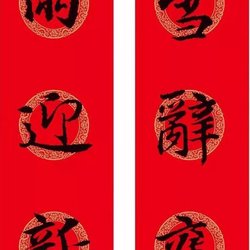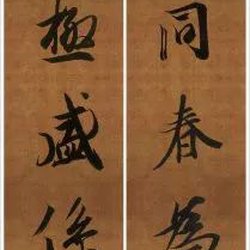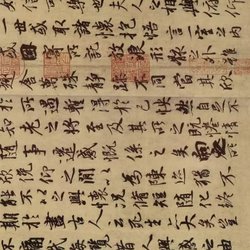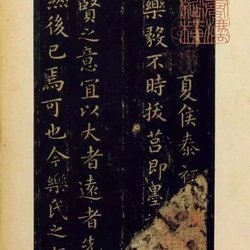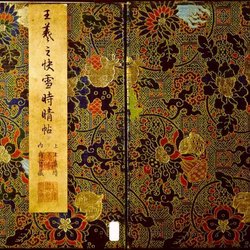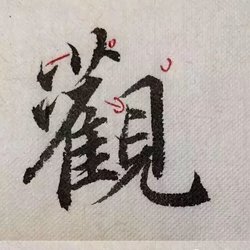"The Preface to the Holy Teachings" is also known as "The Preface to the Holy Teachings of the Tripitaka of the Tang Dynasty". It was a preface written by Li Shimin, Emperor Taizong of the Tang Dynasty, after the Tripitaka returned from studying for scriptures. It was originally written in regular script and engraved on a stele by Chu Suiliang, a calligrapher of the Tang Dynasty, and is known as the "Preface to the Holy Religion of the Wild Goose Pagoda".
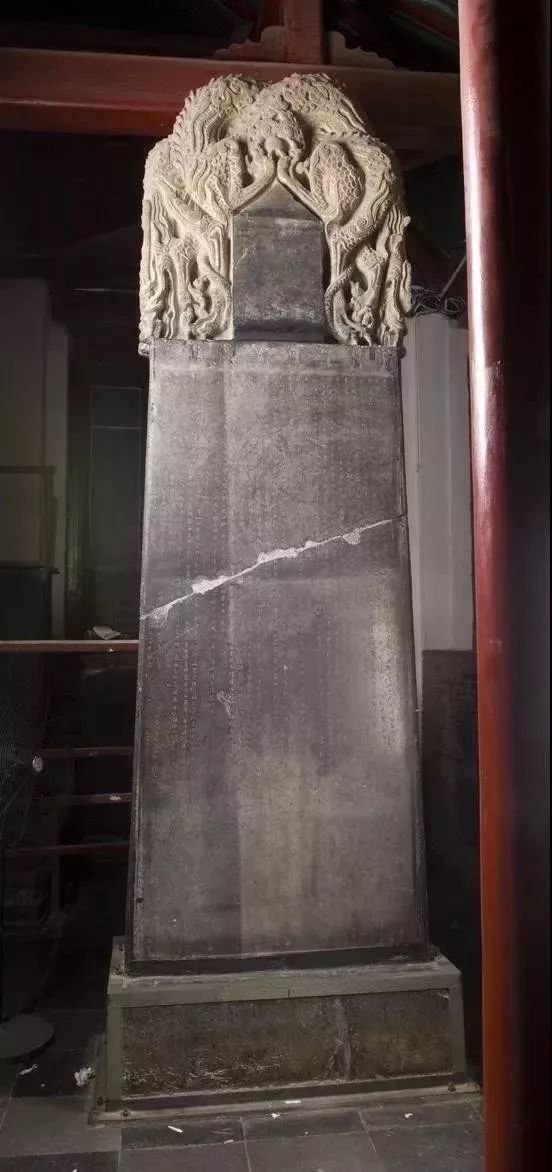
Later, monk Huairen used the characters in Wang Xizhi's works to re-assemble the calligraphy into a chapter, and integrated Wang Xizhi's running script version of "The Preface to the Holy Teaching", which was carved on a stone and was called "Huairen's Preface to the Holy Teaching" or "The Preface to the Holy Teaching" or "The Preface to the Holy Teaching". "Teaching Preface".
Although it is a collection of calligraphy works, some of the characters are not found in Wang Xizhi's works and have been pieced together. However, because Monk Huairen himself has a very profound calligraphy skills and he is extremely serious and responsible in his work, the quality of this work is The level is very high.
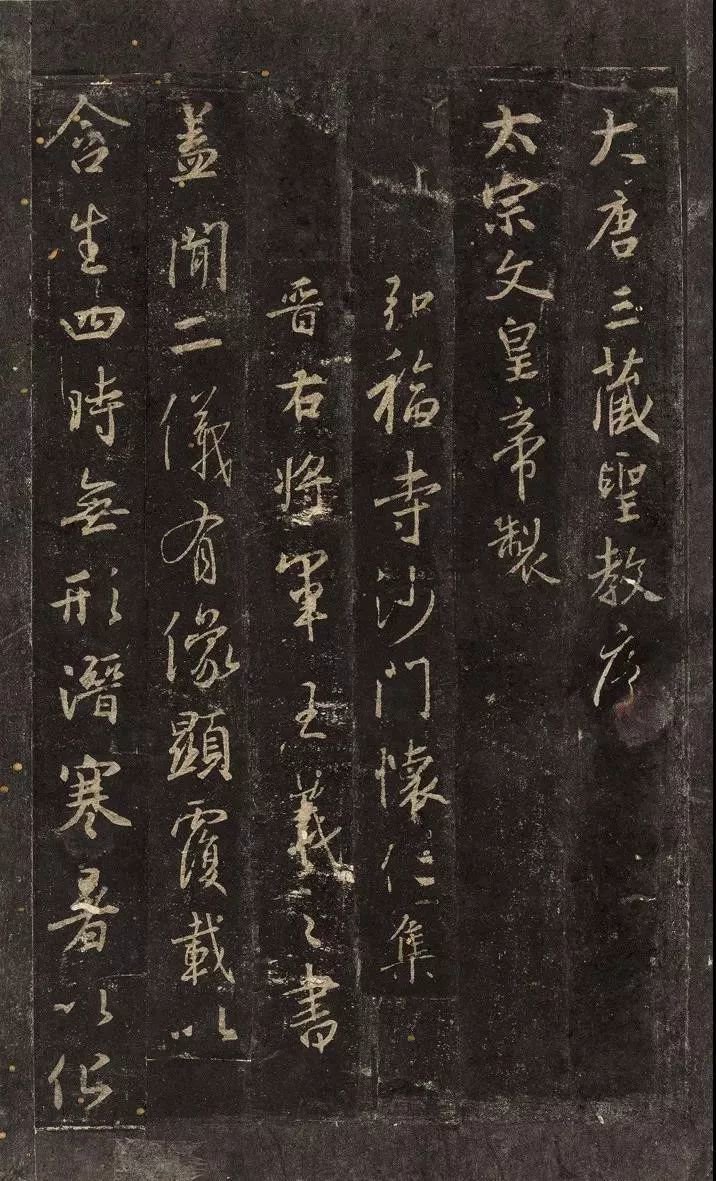
In addition, the number of Wang Xizhi's original works gradually decreased after the Tang Dynasty. Due to its large number of words and large length, this rubbing of "Collection of Characters" has attracted the attention of calligraphers of all ages, and has also become an important material for learning calligraphy. Later, such as Zhao Mengfu, Wang Duodu copied the Preface to the Holy Religion many times.
However, the "Preface to the Holy Religion" on the market is all in the form of books, and it is very bad to be intermittently. It would be so shocking if there were a hand scroll like the picture below.



Long roll size: 20cm×795.52cm
"Huairen Collection of Wang Xizhi's Preface to the Sacred Teachings" is an important Dharma inscription for learning Wang Xizhi's calligraphy. Monk Huairen collected Wang Xizhi's Dharma books collected in the inner palace and spent more than 20 years to complete this stele. He played an important role in the spread of Wang Xizhi's calligraphy. This stele is a collection of Wang Xizhi's calligraphy, which fully embodies the artistic characteristics of Wang Xizhi's calligraphy brushwork and word formation, and is also very sophisticated in the arrangement of the composition.

There are so many different ways of writing in "Huairen's Collection of Wang Xi's Preface to the Sacred Teachings" that it is difficult to list them all. Sun Guoting's "Book Book" said: "In one painting, the changes are ups and downs; within a point, the changes are different. "Hai Mang" is found in this monument. Scholars should study with their hearts and minds, and strive to draw inferences from analogies and draw inferences from one instance to other cases, in order to gain the path to practice.
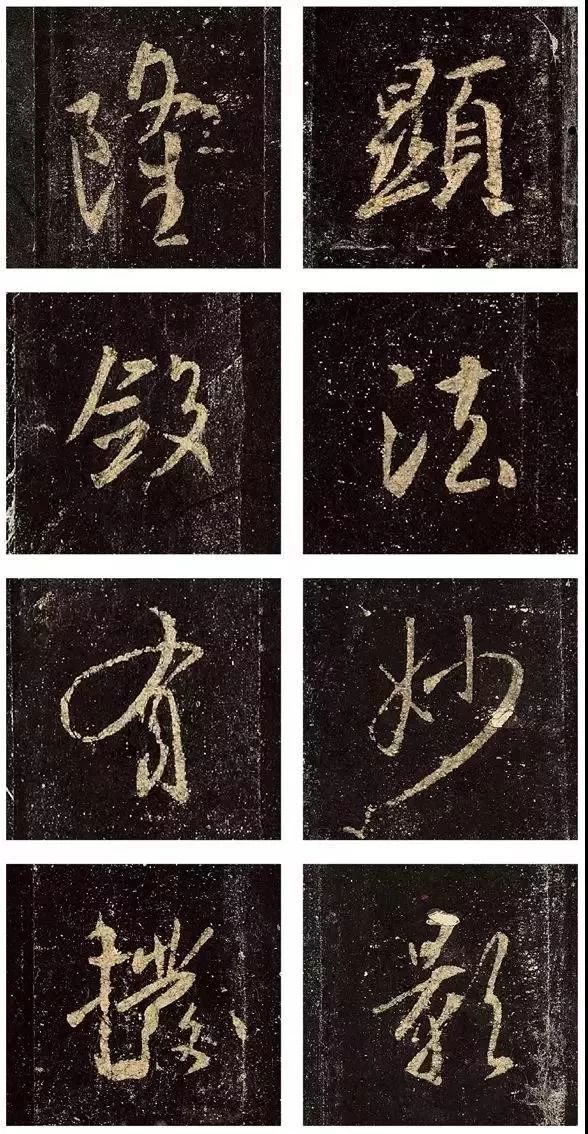
Studying Wang Xizhi's "Sacred Preface" is a correct choice, but it is difficult to learn directly from the Sacred Preface. You need to refer to other calligraphers. You can practice the Sacred Preface as a basic skill, or you can use it as a dictionary. For some uncertain glyphs and structures, you can check them out in the Preface to the Sacred Teachings of Collection of Characters.
In addition, when studying "Huairen Ji Wang Xizhi's Preface to the Sacred Teachings", you can also refer to Wang Xizhi's "Lanting", "Sangluan", "Ping'an" and other handed down ink calligraphy texts to examine the clear, smooth, rich and varied use of brushwork and the response of Qi. The thoroughness and natural composition will help us to have a deeper understanding of the connotation and spirit of Wang Xizhi's calligraphy, making the learning of writing more effective.

